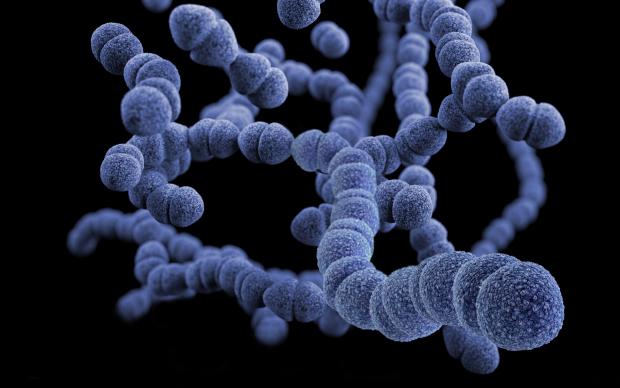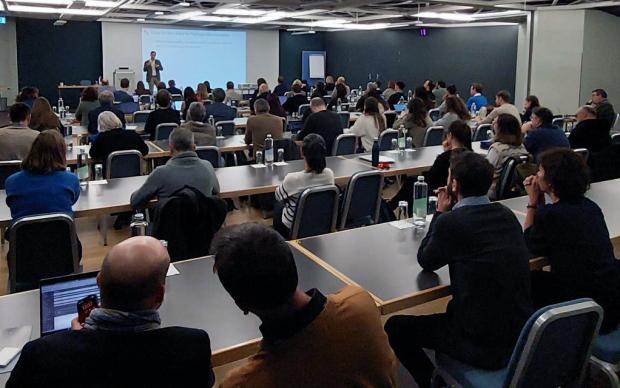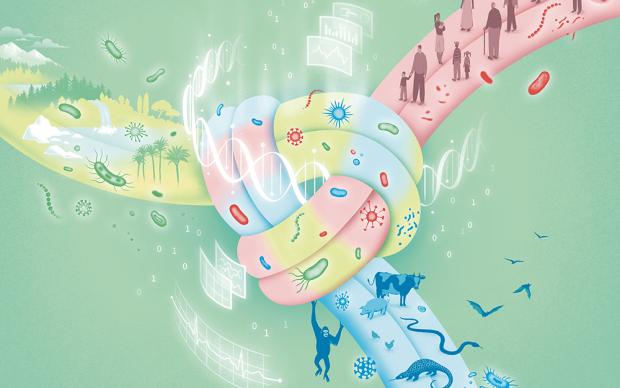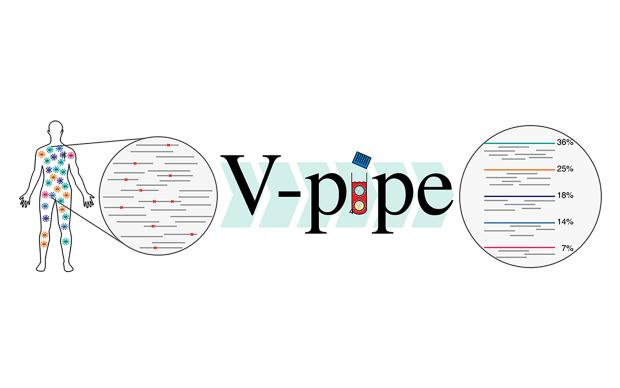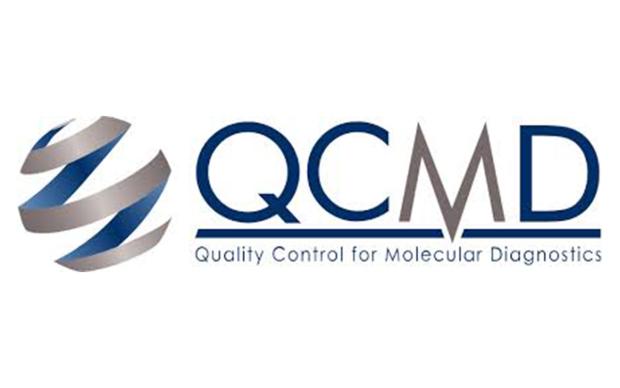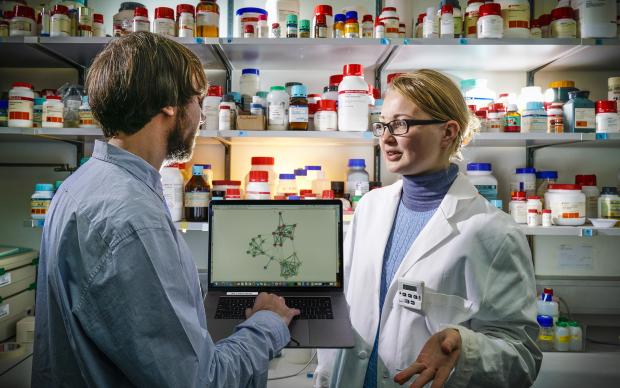Mind the sugars – Of the importance of glycans in vaccine design and viral infection
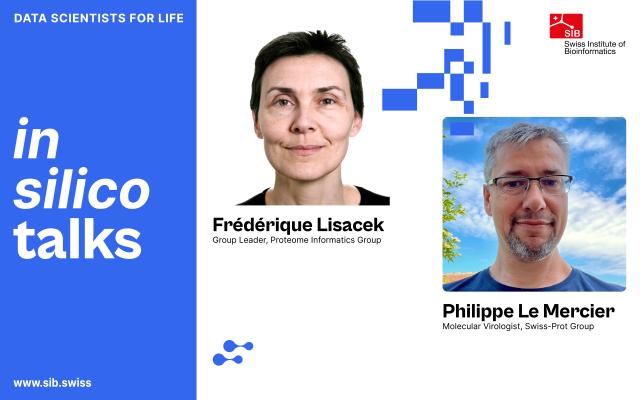
Sugars present at the surface of a virion or of a host’s cells play a key – but often overlooked – role in the success of a vaccine as well as during the infection process. In this in silico talks series, SIB Group Leader Frédérique Lisacek, glycoinformatician, and Philippe Le Mercier, molecular virologist, present a dynamic view of their recent joint paper on this topic and provide a tour d’horizon of the tools developed at SIB that can be used to understand viral activity in the context of glycosylation.
About the in silico talks series – The latest in bioinformatics by SIB Scientists
The in silico talks online series aims to inform bioinformaticians, life scientists and clinicians about the latest advances led by SIB Scientists on a wide range of topics in bioinformatics methods, research and resources. Stay abreast of the latest developments, get exclusive insights into recent papers, and discover how these advances might help you in your work or research, by subscribing to the in silico talks mailing list.
When virologists and glycobiologists start talking to each other, the reason why some vaccines are particularly successful or fail repeatedly suddenly becomes much clearer. Glycans – also referred to as sugars, carbohydrates or polysaccharides – present at the surface of a virus can indeed act as a ‘shield’ to protect the virus from the vaccine’s antibodies. Studying the composition, diversity and structure of these glycans is thus of primary importance in vaccine design – but not only.
Viruses also exploit the hosts’ glycans to penetrate the cell during infection. Focusing on the example of influenza, SIB’s Philippe Le Mercier (Swiss-Prot Group) and Frédérique Lisacek (Proteome Informatics Group) trace the biological steps occurring during infection and navigate the current landscape of interconnected bioinformatics tools that can help investigate and understand virus-glycan interactions, focusing on resources developed by SIB Groups.
To cite but a few: ViralZone to understand virus diversity; SugarBind to infer the most likely glycan sequences to which pathogenic organisms specifically adhere; GlyConnect to explore specific glycan structures to the proteins they are attached to and back, while exploring possible associations between tissue expression or site-specific glycosylation; and UniLectin focusing on the 3D structure and atomic details of the proteins that mediate the attachment and binding of viruses to their intended targets.
In the future, increasing the connectivity among existing resources in immunology, glycobiology and virology, as well as encouraging the adoption of shared formatting standards – as is already the case for most -omics data – for the growing body of information on glycosylation will be key to ultimately allow a better understanding of influenza and other viruses.


